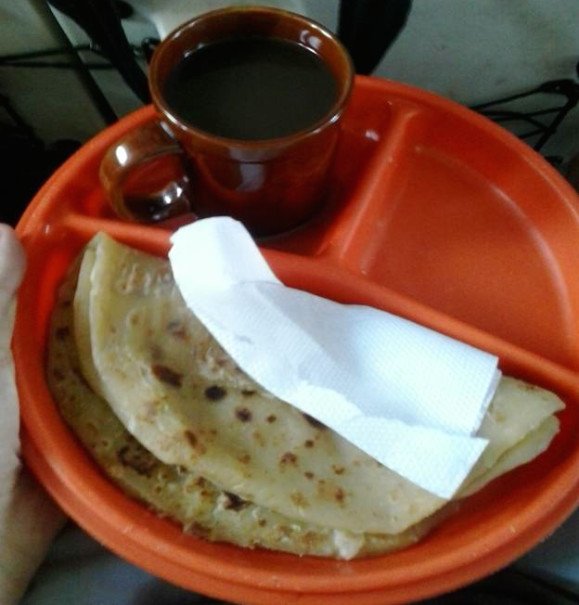
The Slow Boat to Ukerewe

The Slow Boat to Ukerewe
Spiced Tea and Chappatis in Tanzania
To travel of a morning from Mwanza, the sprawling Tanzanian city that abuts the southern shore of Lake Victoria, to Ukerewe, the lake’s biggest island, you have two options.
The MV Clarias—a small, rusting passenger ferry built by the British in 1961—is owned and run by the government. The MV Nyehunge—larger, newer and with room on the lower deck for trucks—is owned and run privately, by an Arab named Mr. Said. The two ferries charge roughly the same (about $3 one-way) and leave at 9 am. Each takes nearly four hours to complete the 27-mile crossing. Each has a single tiny lifeboat for its three hundred-plus passengers to use in the event of sinking. And each offers levels of discomfort ranging from mild to excruciating depending on the heat of the equatorial morning, the volume at which the Swahili soap opera, American wrestling or Christian choir blasts from the on-board TV set, and the extent to which the crew has allowed the overloading of passengers, livestock, and goods.
There is just one major difference between them: breakfast. On the MV Clarias, true to its British roots, breakfast consists of a cup of tea and four slices of white bread smeared with cheap margarine. The Nyehunge, more eastern-orientated, offers chapattis, the great South Asian staple, and its black tea is spiced with ginger and lemongrass, sometimes, too, with cinnamon.
As a Brit who has eaten more than his share of bread and butter over the years, I tend to take the Nyehunge. As the stately vessel grinds over the vast expanse of open water and I take my seat in the second class lounge upstairs (there is no first class), I am brought from the kitchen a plastic dish containing two floppy discs of the hot, doughy flatbread, and a little brown mug of spicy, sugared tea.
Those who brought the chapatti to this part of Africa are a diminishing presence here these days. Mwanza once had a thriving Indian community, whose legacy can be seen in the arcaded shopfronts of downtown and a smattering of Hindu temples. Many left in the 1970s, when Julius Nyerere nationalized private property and the Tanzanian economy collapsed. But a few remained, and in the dilapidated courtyard of Mwanza’s old Sports Club, whose only facilities these days are a swimming pool, a couple of rusty swings and a pool table, you can still while away an evening with a paneer moglai and a cold beer while Indian families cook their own food over braziers.
Ukerewe’s South Asians left a fainter mark. The only traces of their presence can be seen in a few 1930s Art Deco buildings in the island’s only town, Nansio; in the dirt road still known as Mhindi Street, the Street of the Indians, long since taken over by Tanzanians; and in the chapattis served in a handful of tea shacks and on the slow, noisy ferry that is the islanders’ lifeline to the outside world.